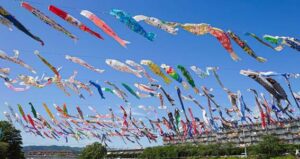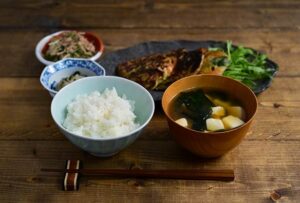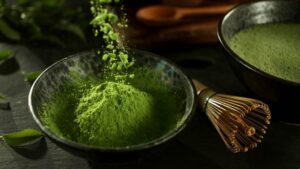Seasonal Delights: Spring Fish in Japan and How to Enjoy Them

From March to May, as temperatures begin to rise and spring takes hold, Japan’s seafood markets are filled with seasonal fish known for their freshness and flavor. Each variety of fish has unique characteristics and ideal cooking methods that bring out their best qualities. Here’s a guide to some of the most popular springtime fish in Japan and how to enjoy them.
Sawara (Spanish Mackerel)
Peak season: March to May
With the kanji for “spring” (春) in its name, sawara is symbolic of the season. In western Japan, it’s especially enjoyed in spring for its tender, mild flavor. Interestingly, in eastern Japan, the winter variety known as kan-sawara is more popular due to its higher fat content.
Though often mistaken for a white fish, sawara is a type of red-fleshed fish. It’s rich in protein, DHA, and vitamin D, making it a healthy choice for those focusing on nutrition or fitness.
Recommended dishes: Sashimi (if extremely fresh), simmered (nitsuke), Saikyo-yaki (Kyoto-style miso-marinated grilled fish), salt-grilled, or oven/grill-roasted for crispy skin.
Katsuo (Bonito)
Peak season: April to May
Katsuo has two peak seasons. The spring harvest is called hatsugatsuo (first bonito), known for its lean and firm flesh, while the autumn catch is modorigatsuo (returning bonito), richer in fat.
Low in fat and high in protein, katsuo is also packed with vitamin B6 and iron, making it perfect for health-conscious eaters.
Recommended dishes: Lightly seared tataki with soy sauce, ginger, and garlic; marinated katsuo rice bowls (zuke-don) for a heartier option.

Madai (Red Sea Bream)
Peak season: March to June
Celebrated for its delicate flavor and firm texture, madai is considered a symbol of good fortune and is often called sakura-dai in spring, reflecting its pinkish hue.
It is high in DHA, EPA, potassium, and niacin—nutrients that support overall health.
Recommended dishes: Sashimi, salt-grilled, simmered, tai-meshi (sea bream rice), and steamed dishes.

Maaji (Horse Mackerel)
Peak season: April to July
This versatile fish features tender, juicy flesh and becomes more flavorful in spring when its fat content increases. Maaji is rich in protein, calcium (especially in small varieties), vitamin D, DHA, and EPA.
Recommended dishes: Salt-grilled, sashimi, deep-fried, marinated (nanban-zuke), simmered, or teriyaki-style.
Karei (Flounder)
Peak season: March to May
Among many species of flounder, kuro-garei is particularly prized in spring. Its tender, flaky flesh and rich fat content make it ideal for delicate preparations. Karei is a good source of protein, vitamin B12, and collagen (in the skin).
Recommended dishes: Simmered (nitsuke), butter-sautéed (meunière), or baked in foil with seasonal vegetables.

Mebaru (Rockfish)
Peak season: February to April
Known for its large eyes and firm yet tender flesh, mebaru is a staple of springtime seafood. With over 30 species in Japan alone, it’s packed with protein, DHA, EPA, and calcium.
Recommended dishes: Sashimi, salt-grilled, simmered, or deep-fried whole with bones removed for added calcium.
Sakura Ebi (Cherry Blossom Shrimp)
Peak season: April to June
These tiny, translucent pink shrimps are named for their sakura-like color. Though small, they have a big umami impact and are often used to enhance other dishes.
Sakura ebi is rich in calcium and astaxanthin, an antioxidant known for its anti-aging properties.
Recommended dishes: Raw in small quantities for a fresh touch, or cooked in kakiage (tempura fritters), fried rice, or spring vegetable stir-fries. When grilled or fried, their aroma and flavor become wonderfully intense.

From sushi to simmered delicacies, Japan’s spring seafood offers a vibrant range of textures and flavors. Whether you’re dining out or preparing meals at home, these seasonal fish are a delicious way to experience spring the Japanese way.











